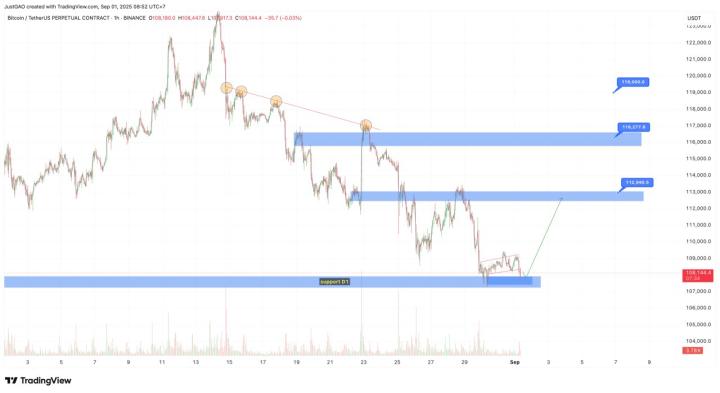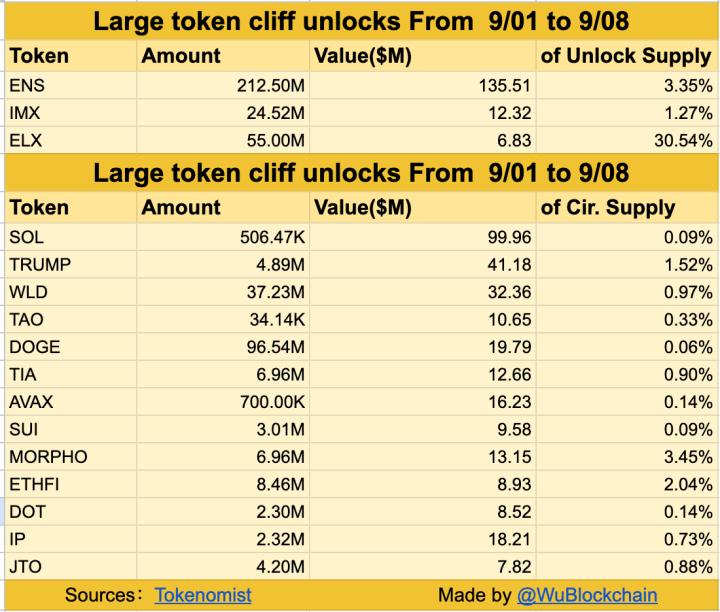The event quickly escalated. Justin Sun jumped out and urgently injected a $456 million loan to try to stabilize TUSD, while publicly criticizing FDT for being "effectively bankrupt". FDT was not to be outdone, insisting that it was only following Techteryx's instructions and publicly disclosed the ISIN number of FDUSD reserves to try to prove solvency. However, the market was not convinced. FDUSD fell to $0.87 between April 2-3, 2025, with a market value evaporation of $130 million. TUSD's market value also slid from its 2023 high of $3.8 billion to the current $494 million, with investor panic quickly spreading, even affecting Binance - which holds over $2.2 billion in FDUSD.
[The rest of the translation follows the same professional and accurate approach, maintaining the original structure and meaning while translating into clear English.]Hong Kong's trust regulation indeed has systemic shortcomings, such as the lack of specific regulations and insufficient transparency. However, I believe this does not mean that Hong Kong's trust is unreliable. Every place has its own characteristics, and Hong Kong's flexibility is precisely the soil needed for Web3 development. Compared to the highly regulated United States, Hong Kong provides the industry with more room for trial and error. This relaxed environment is both a challenge and an opportunity. The key is how we can make good use of this flexibility, rather than simply magnifying its flaws.
From a practical perspective, improvements can be more down-to-earth. First, legislation must keep up. For example, enact a "Crypto Trust Ordinance" that clearly defines the custodian's responsibilities, such as limiting reserve funds to only cash or low-risk assets, avoiding uncontrolled situations like FDT. Second, transparency must be grasped firmly. Mandatory third-party audits every quarter is a starting point. When helping clients establish trusts, we found that regular disclosure along with clear asset reports can reassure investors, and Hong Kong may want to learn from this. Third, cross-border collaboration must be implemented. By connecting with the Cayman Islands and Singapore for fund tracking, our experience shows that pre-clearing cross-border compliance requirements can effectively reduce risks.
More importantly, even if regulation is not yet perfect, the industry can proactively patch gaps. HKMA plans to launch a stablecoin framework by the end of 2025, but before that, we have already explored some methods when serving clients. For example, by establishing internal supervision mechanisms to ensure controllable fund flows, or optimizing audit processes to detect potential issues in a timely manner. These methods prove that loopholes are not unsolvable under the existing framework. Hong Kong's flexibility gives us room to maneuver - Web3 needs development, regulation needs time, and what we can do is to minimize risks through meticulous design.
Our past experience in helping clients improve compliance tells us that combining flexibility with meticulous work is sufficient to meet challenges. In the future, regulation must be upgraded, and the industry must strive, for Hong Kong to establish a firm foothold in the global crypto landscape.
Disclaimer: As a blockchain information platform, the articles published on this site represent only the personal views of the authors and guests, and are not related to Web3Caff's stance. The information in the article is for reference only and does not constitute any investment advice or offer. Please comply with the relevant laws and regulations of your country or region.
Welcome to join the Web3Caff official community: X(Twitter) account丨WeChat reader group丨WeChat official account丨Telegram subscription group丨Telegram discussion group








